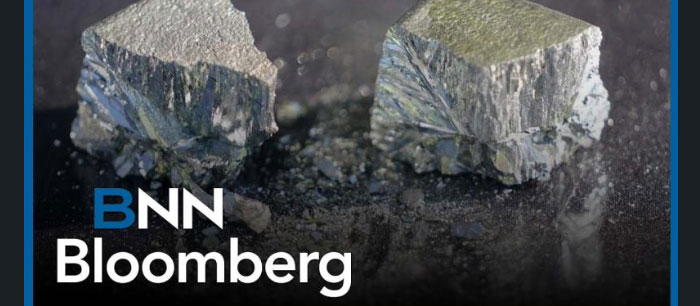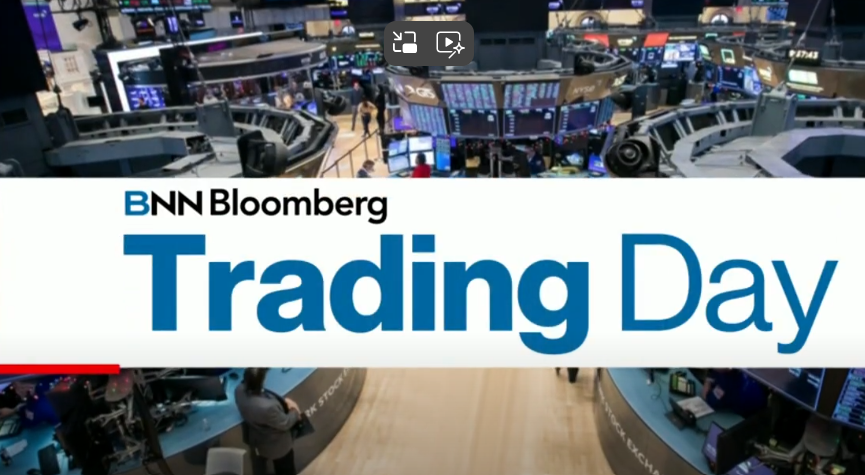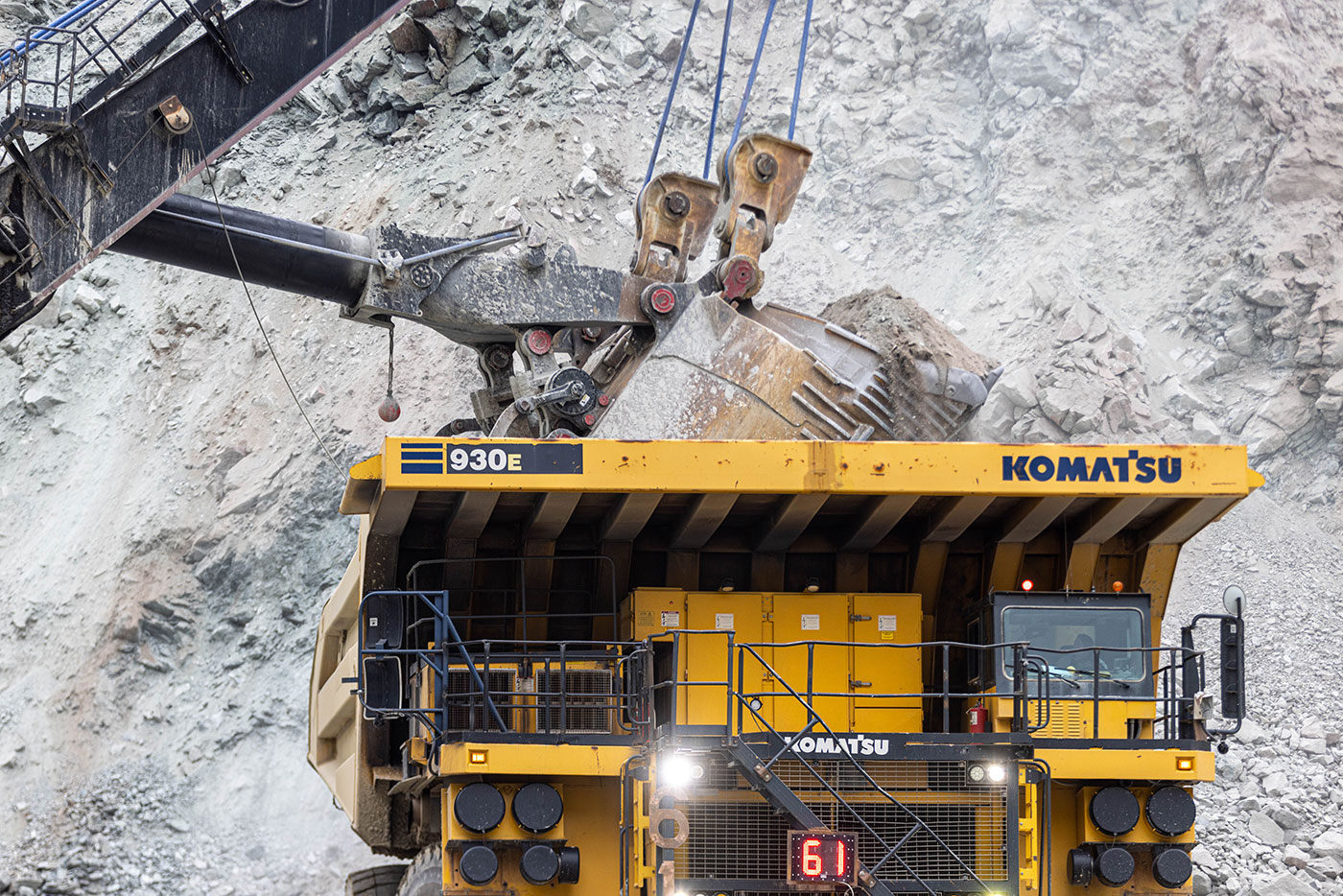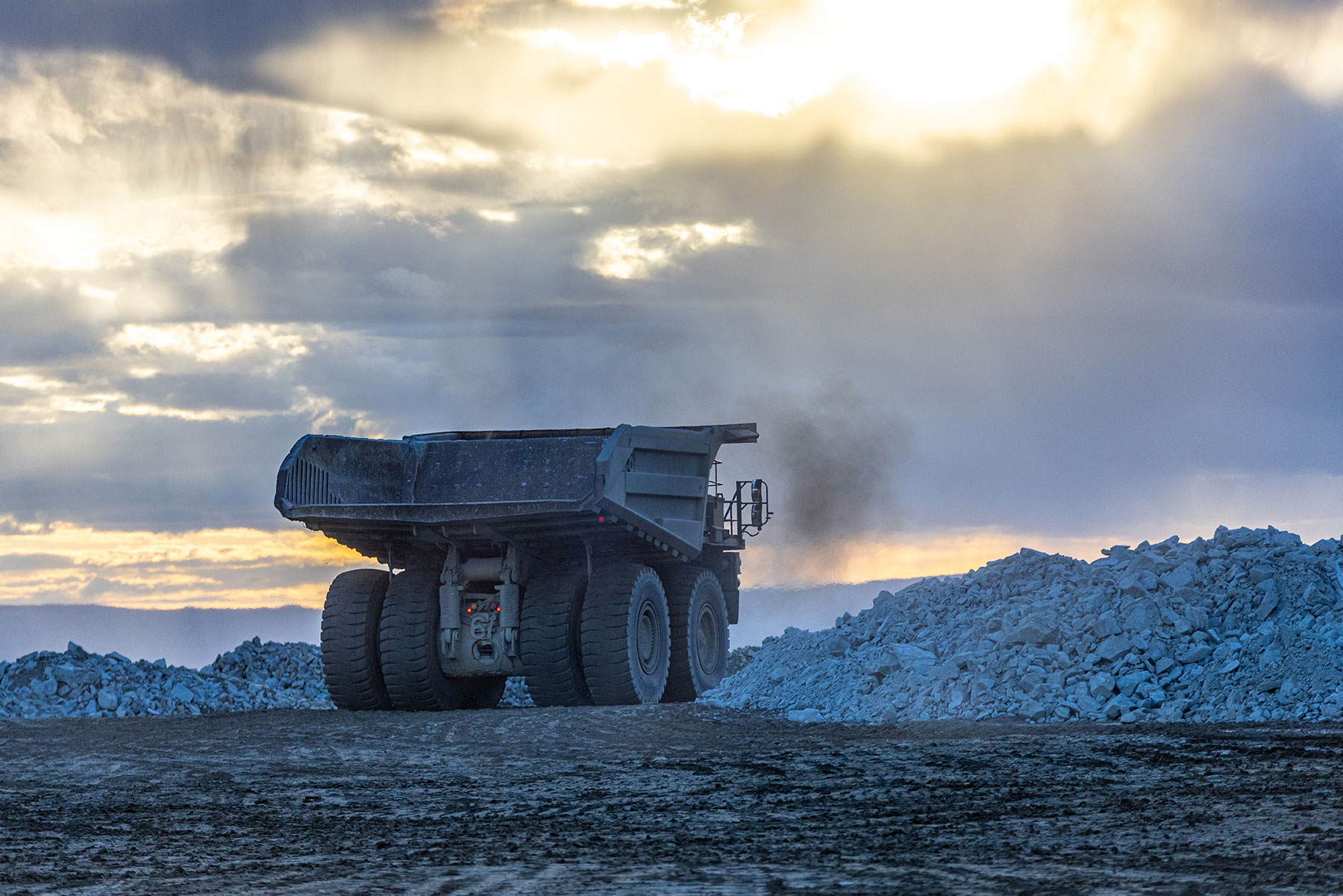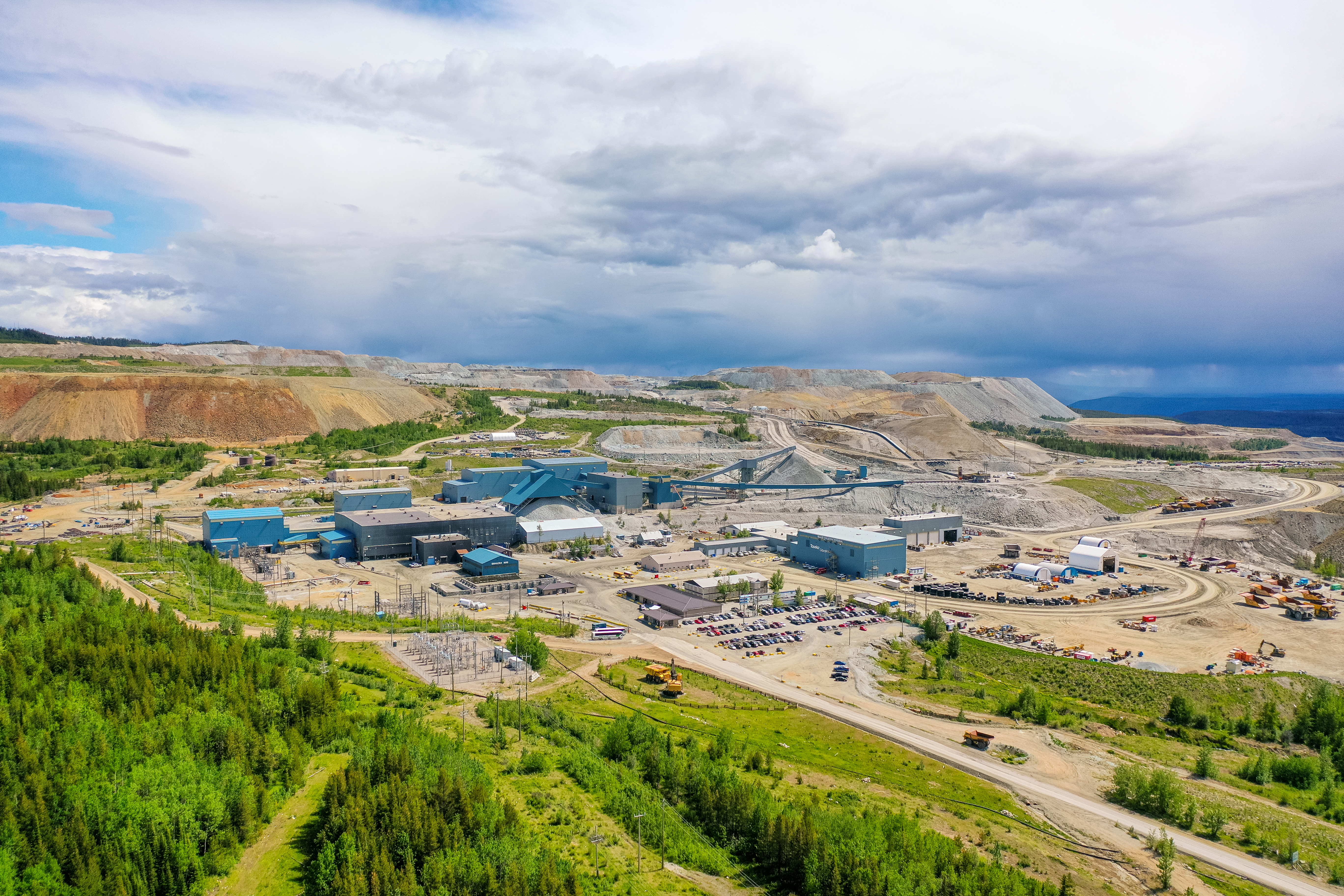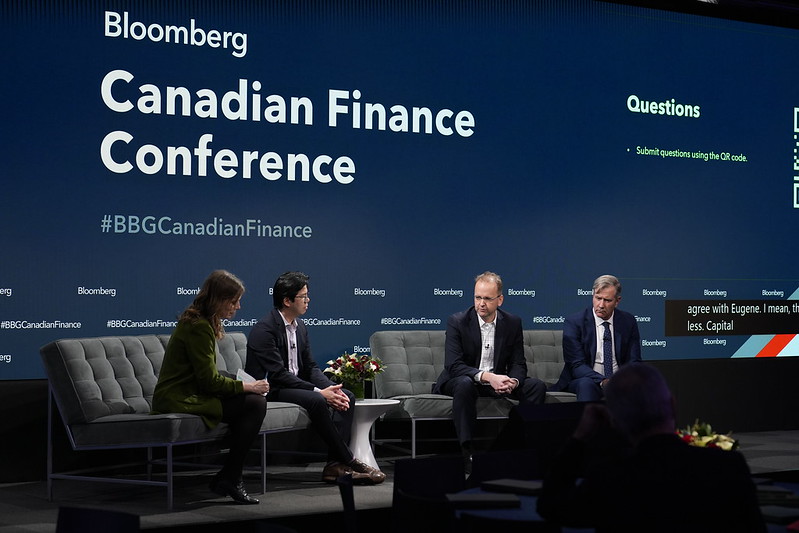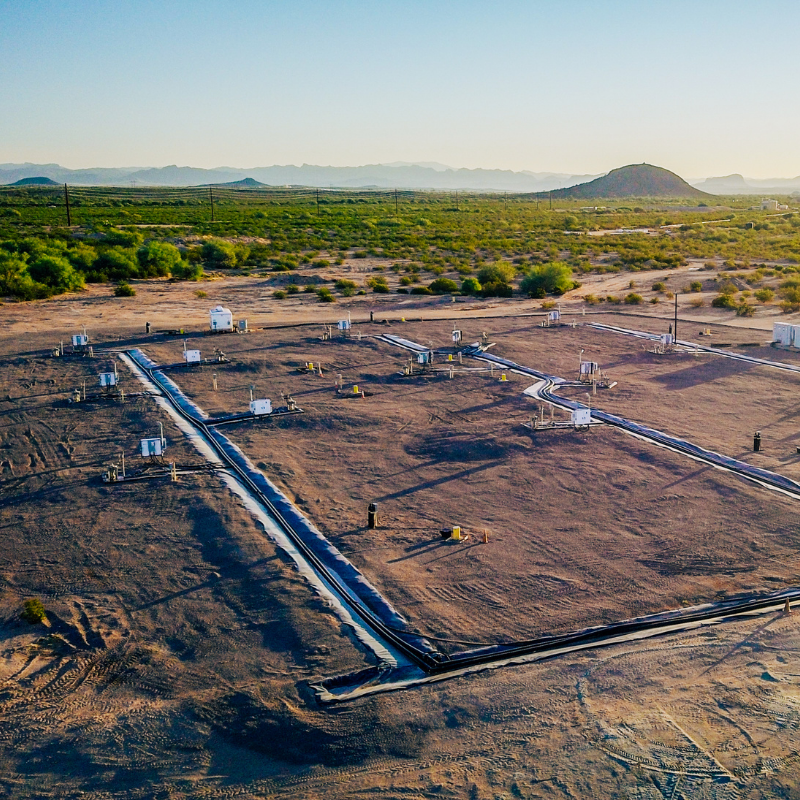By Myra P. Saefong
Prices for the industrial metal could soon return to record highs amid an AI-driven supply shortage
Copper prices have dropped from the highest levels on record in July, but that doesn’t mean a powerful rally in the industrial metal has reached its end. Instead, robust demand could soon outpace supplies, which would send copper prices higher still.
“Copper is a ticking time bomb for explosive price action,” said John Caruso, senior market strategist at RJO Futures.
According to Caruso, there’s a “high probability of a persistent structural supply-side deficit,” with some forecasts calling for copper demand to increase by 1 million metric tons per year over the next decade.
While the Trump administration has shifted away from the clean-energy transition — canceling billions of dollars in funding for an industry in which copper plays a big part — the battle against climate change and efforts to promote clean energy aren’t dead yet, as the world seeks out alternatives for how to meet artificial-intelligence data centers’ insatiable demand for power.
The overall picture for copper demand remains “intact” from the sectors of the economy that have been driving consumption, growing AI infrastructure and data-center demand, said David Aspell, co-chief investment officer at Mount Lucas Management.
“Demand is still high, and [is] expected to remain so,” Aspell said.
A price rally and retreat
At the peak settlement of the year, U.S. benchmark copper prices were up by as much as 44.5% from the end of 2024, according to a Dow Jones analysis of FactSet data.
Prices reached a record intraday high of $5.959 a pound intraday on July 24. More recently, CQG data show that three-month prices for the metal on the London Metal Exchange touched a record high of $11,200 per metric ton on Oct. 29.
Speculation earlier this year that President Donald Trump would impose a tariff on imported refined copper had led prices for the metal on the CME’s Comex exchange in New York to climb above prices for copper traded on the LME.
The “usually stable prices between LME and CME had begun to diverge as tariffs were initially floated, with CME trading higher to price the expected level and likelihood of tariffs,” said Aspell. “Importers were rushing to get copper into the U.S. ahead of potential tariffs and were prepared to pay more to do so.”
Prices on the CME then dropped when the Trump administration announced import tariffs on processed copper, not refined copper.
Copper prices on the CME have dropped by around 15% from their record high less than four months ago.
Still, “the lingering possibility of tariffs on refined copper will continue to impact the market,” said Roukaya Ibrahim, commodity and energy chief strategist at BCA Research.
The decision to exempt refined copper from U.S. tariffs will be revisited in the summer of 2026. Ahead of that, U.S. copper is once again trading at a premium to London, said Ibrahim, indicating that market participants continue to stockpile the metal in New York.
She said global copper markets are likely to “remain dislocated” until there is a final decision on tariffs. This will limit downside in copper prices over the coming year, Ibrahim added.
The real story for copper
Meanwhile, Trump has deprioritized clean energy — canceling funding for the industry and promoting the use of oil, coal and other fossil fuels as a means to boost U.S. energy independence.
That can reduce demand for copper, which is a key component in clean-energy technologies.
But the “real story” is AI data centers’ demand for electricity, said RJO Futures’ Caruso.
The U.S. Energy Department said a 2024 report on data-center energy use produced by the University of California’s Lawrence Berkeley National Laboratory found that data centers consumed about 4.4% of total U.S. electricity in 2023, and are expected to consume about 6.7% to 12% of total U.S. electricity by 2028.
“AI data-center electricity needs are expected to continue to grow and potentially double by the end of the decade,” said Caruso. At the same time capital spending on AI infrastructure remains a “very big market theme and has shown no signs of slowdown.”
The global copper market may see a 30% supply shortfall by 2035, partly due to mining challenges and increased demand for the metal’s use in electricity-dependent technologies, according to the International Energy Agency.
The AI race is “very much in the early-innings stages, from where I stand,” Caruso noted.
That could mean copper has plenty of room to rise.





